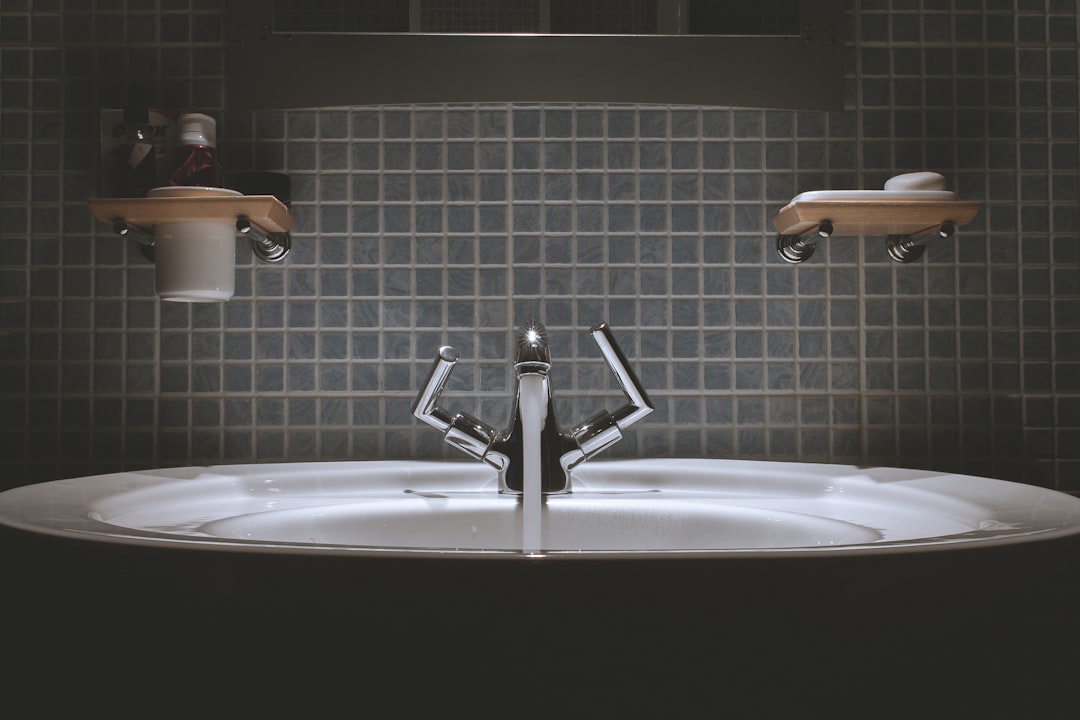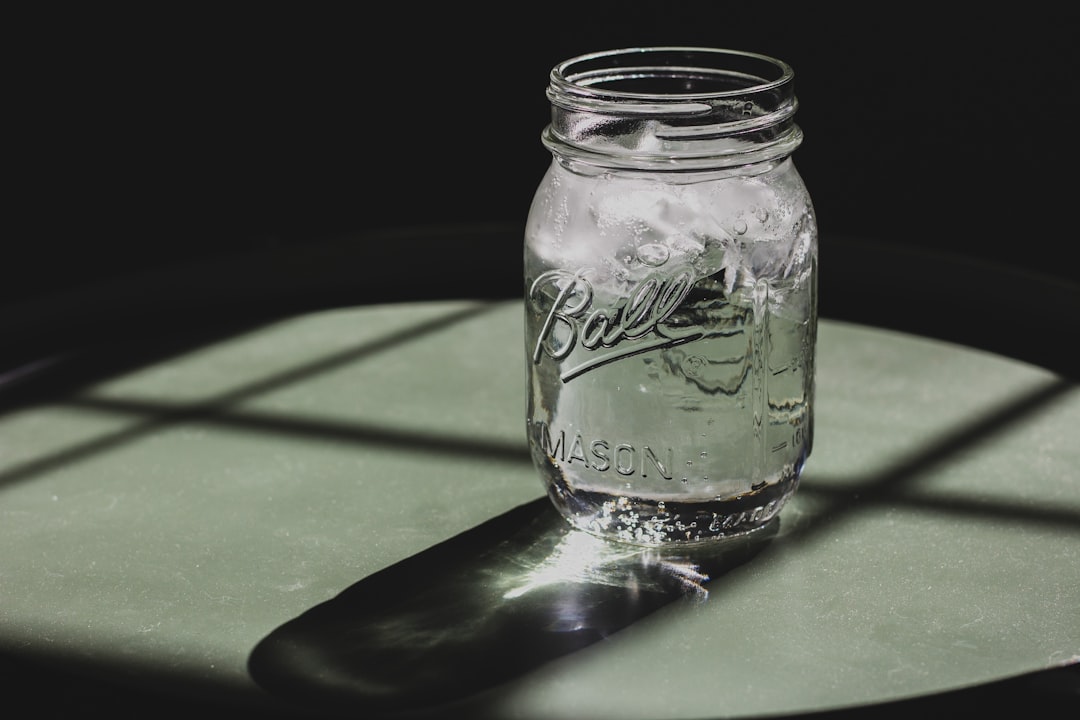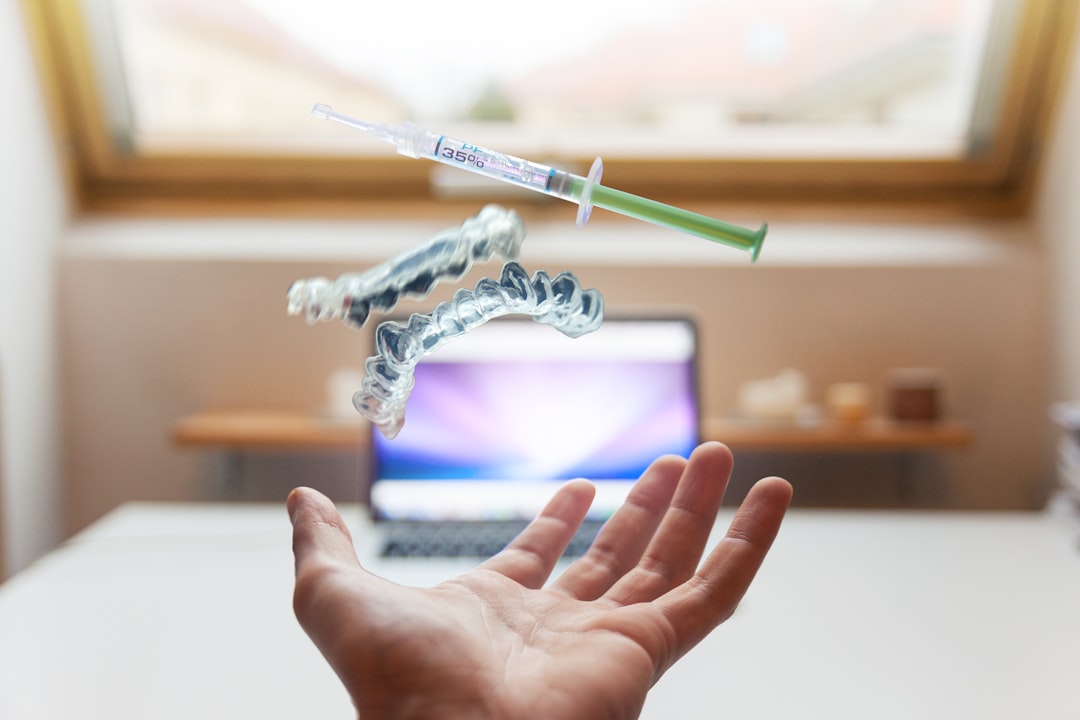You're off the cigarettes and hoping your breath smells as fresh as you feel – but your friends are telling you otherwise. Unfortunately, the oral effects of smoking can hang around for longer than you’d expect, and freshening up your breath is more complicated than chewing mints.
The key to fresh breath (or at least, neutral breath) is found in the types of bacteria living in the mouth. You've probably heard of probiotics – the good bacteria that helps to maintain the health of the digestive system. There are beneficial types of bacteria that live in the mouth where they help to digest food, protect tooth enamel, and support gum health. There are also bad bugs that cause plaque, gingivitis, and – yep, bad breath. These bad guys break down food particles that get stuck in the teeth and gums, and produce sulphur-rich molecules which smell terrible. Normally, saliva flushes food particles from the mouth and keeps these bad bugs under control, but smoking dries out the mouth and allows bacteria to thrive. The bad bugs stick to the teeth, plaque, gums and the tongue [1]. Smoking also increased your risk of developing gum diseases and tooth decay which produce odors, too.
It takes time for mouth to heal from the effects of smoking. The number of good bugs needs to overpower the colonies of smelly bacteria after you have quit smoking – but there are 8 things you can do to help speed it up:
1. Brush Your Teeth Twice a Day... or More

Plaque is a sticky substance that odorous bacteria adhere to. There's only one way to remove plaque – mechanical friction. Brushing with a soft-bristled toothbrush at least twice a day removes stinky plaque and prevents a build-up of bacteria. Even better, it removes the food particles that the bacteria putrefy into stinky sulphur compounds. Regular brushing is also a key treatment and preventative measure against gingivitis -- a condition of inflammation of the gums that is common in smokers and leads to bleeding gums with -- you guessed it -- bad breath.
Want to guarantee you're getting the best clean? Invest in an electric toothbrush and brush for a full two minutes after every meal – but be aware that this alone won't break through bad breath...
NOTE: If you wear dentures, clean them thoroughly after each meal, and take them out every night.
2. Start Flossing Immediately
While brushing removes particles and bacteria from the surface of the teeth and gums, flossing is the only way to remove odour-causing nasties from between the teeth – there's no way that toothbrush bristles or even hardcore mouthwash can dislodge food and plaque from those tight crevices. People who don't floss are far more likely to have bad breath, especially if they are recent smokers [9]. Floss once a day, or more often under the direction of your dentist.
3. Do NOT Use Mouthwash

It might give you a fresh feeling when you use it, but mouthwash can make some cases of bad breath much worse. Mouthwash can kill off some of the bacteria in the mouth, but not the bacterium that are adhered to plaque, hiding between teeth, or under a “biofilm” on the tongue. Plaque can never be removed from the surface of the teeth with liquid – it takes physical friction to move that sticky, stinky stuff. Ultimately, mouthwash will only mask bad breath for minutes and can even make the situation worse. Many brands of mouthwash contain up to 25% alcohol – a sure-fire way to dry out the mouth even more after you have quit smoking. Plus, alcohol kills the good bacteria in the mouth, disrupts the pH balance and allows the bad bacteria to thrive. Hello, halitosis.
Switch to a salt-water rinse and focus instead on brushing, flossing, and even tongue scraping…
4. Clean Your Tongue
Bad bacteria hide in the grooves and rivets of the tongue, particularly towards the back of the mouth. The tongue is naturally covered in a “biofilm” that the stinky bacteria can hide beneath, out of the reach of saliva. Brushing the tongue can help to break up this biofilm, but using a specifically-designed tongue scraper once a day can effectively remove the biofilm and the bad bacteria hiding on the tongue [2] [3].
A recent trial showed that brushing the tongue can remove up to half of the odour-causing bacteria there, while using a tongue scraper can remove over 75%! [4] Another study concluded that tongue-scraping was the most effective way to immediately improve breath smell and, as a bonus, regular tongue-scraping can improve your sense of taste [10] [3].
5. Drink Lots of Water for Saliva Production

Saliva maintains the pH of the mouth and keeps the level of odour-causing bacteria under control – and 99% of saliva is made of water. Not only does smoking dry out the mouth and shut down saliva production, it also dehydrates the entire body. It can take time for the body's fluid balance to return to normal after you quit smoking, so give your saliva glands a fighting chance by drinking at least 2 litres of water per day.
Bonus – drinking more water will help to break up any mucus and phlegm in your sinuses and airways that could be contributing to bad breath.
6. Eat Fibre & Chew Your Food
Fibre stimulates the flow of saliva into the mouth. The more you chew, the more saliva flows into the oral cavity where it can keep odour-causing bacteria under control. Fibre also physically scrubs your teeth to remove sulphur-producing bacteria and food particles, and stimulates the gums to prevent gingivitis.
A diet rich in fibre can boost the number of good bacteria throughout your body, and one study showed that eating a high-fibre meal that requires a lot of chewing can immediately reduce bad breath for over 2 hours [8].
Include fresh vegetables and fruit in each meal. Celery, carrots and apples are particularly beneficial for oral health.
7. Neti Pot to Clear Out Sinus Bacteria
Not all cases of bad breath originate in the mouth. The sinuses can house some really nasty bacteria, too. Smokers are at a much greater risk of sinus infections and it can take time for bacteria to get completely cleared out from the sinuses after you quit smoking [5]. In Ayurvedic medicine, a neti pot (a small container with a spout) is used to drip saline solution through the nose and sinuses, flushing out mucus and bacteria to freshen up your breath. [6]
If direct nasal irrigation isn't your style, try a steam inhalation with a few drops of bacteria-killing peppermint essential oil (which has also been shown to increase saliva production!) [11].
8. Consult Your Dentist and Doctor

If your bad breath doesn't improve after trying our tips, seek medical advice from your dentist and doctor. There are dozens of conditions that can cause bad breath and some of them originate in the mouth – see your dentist to check for caries, gum disease, and other causes of halitosis. Your doctor may have information on other health conditions and medications (including antihistamines) that may be causing your bad breath.
References:
[1] Bicak, D. A. (2018) A Current Approach to Halitosis and Oral Malodor- A Mini Review. Open Dent J., 12, 322 – 330. https://www.ncbi.nlm.nih.gov/pmc/articles/PMC5944123/
[2] Wang, J. & He, L. (2017) [Effect of mechanical self-cleaning of tongue coating on malodor in halitosis patients originating from tongue coating]. Beijing Da Xue Xue Bao Yi Xue Ban., 49:2, https://www.ncbi.nlm.nih.gov/pubmed/28416849/
[3] Bollen, C. M. L. & Beikler, T. (2012) Halitosis: the multidisciplinary approach. Int J Oral Sci., 4:2. https://www.ncbi.nlm.nih.gov/pmc/articles/PMC3412664/
[4] Pedrazzi, V., et al. (2004) Tongue-cleaning methods: a comparative clinical trial employing a toothbrush and a tongue scraper. J Peridiontol., 75:7, https://www.ncbi.nlm.nih.gov/pubmed/15341360/
[5] Brook, I. & Hausfeld, J. N. (2011) Microbiology of acute and chronic maxillary sinusitis in smokers and nonsmokers. Ann Oto Rhinol Laryngol., 120:11. https://www.ncbi.nlm.nih.gov/pubmed/22224311
[6] Little, P., et al. (2016) Effectiveness of steam inhalation and nasal irrigation for chronic or recurrent sinus symptoms in primary care: a pragmatic randomized controlled trial. CMAJ., 188:13, 940 – 949. https://www.ncbi.nlm.nih.gov/pmc/articles/PMC5026511/
[7] Aylıkcı, B. U. & Çolak, H. (2013) Halitosis: From diagnosis to management. J Nat Sci Biol Med., 4:1, 14 – 23. https://www.ncbi.nlm.nih.gov/pmc/articles/PMC3633265/
[8] Wälti, A., et al. (2016) The effect of a chewing-intensive, high-fiber diet on oral halitosis: A clinical controlled study. Swiss Dent J., 126:9, 782 – 895. https://www.ncbi.nlm.nih.gov/pubmed/27655031
[9] Setia, S., et al. (2014) Correlation of oral hygiene practices, smoking and oral health conditions with self perceived halitosis amongst undergraduate dental students. J Nat Sci Biol Med., 51 – 67. https://www.ncbi.nlm.nih.gov/pmc/articles/PMC3961956/
[10] Oliveira-Neto, J. M., et al. (2013) How to deal with morning bad breath: A randomized, crossover clinical trial. 17:6, 757 – 761. https://www.ncbi.nlm.nih.gov/pmc/articles/PMC3917206goo
[11] Thosar, N., et al. (2013) Antimicrobial efficacy of five essential oils against oral pathogens: An in vitro study. Eur J Dent., 7:1, S71 – S77. https://www.ncbi.nlm.nih.gov/pmc/articles/PMC4054083/